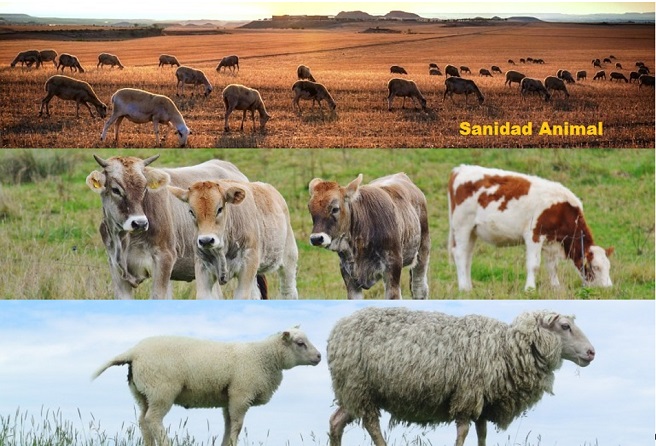
14 de May de 2020
Innovación
May 14, 2020. Various stakeholders involved in innovation in the livestock and rural sectors met virtually with a shared interest: addressing improved animal health through innovative solutions.
The National Rural Network (RRN) organized a digital seminar that brought together diverse individuals to discuss and reflect on the problems associated with the use of antibiotics on livestock farms, as well as the early detection and control of livestock diseases through the application of innovative techniques that improve farm efficiency and animal welfare.
Innovation for the future of the livestock sector
Operational Groups (OG) are groups of stakeholders from different sectors, in this case livestock, from R&D&I training and advisory centers, technology centers, and non-profit institutions, among others. They join forces to solve a problem using an innovative, multisectoral, and collaborative approach through an innovative project. Their activities are subsidized by the EAFRD through Measure 16 of the Rural Development Programs (RDP).
From the Ministry of Agriculture, Fisheries and Food (MAPA) presented the work being carried out in both promoting and supporting innovation through the National Rural Development Program, as well as in regulations on antimicrobial resistance and the application of biosecurity techniques, specifically in extensive livestock farming, where barriers such as a lack of awareness of prevention or the use of communal pastures to advance along this path have been noted.
Exchange of experiences
Nine Operational Groups and projects from various Autonomous Communities (funded by the EAFRD and Horizon 2020) were presented. The meeting participants were divided into three work rooms, where they were able to share and discuss with the other participants the objectives, progress, lessons learned, and challenges of these projects, and share questions related to these specific topics .
Room 1: Use of antibiotics
Operational Groups/Projects: DISARM , Development of progressive substitutes for antibiotics for animal health prevention and Rational and prudent use of antibiotics in pig production .
Work and conclusions: There is consensus on the need to rationalize antibiotic use in livestock production . How? By improving the flow of information among stakeholders and those related to the sector, as well as ensuring that available methods reach livestock farmers and motivating their involvement in antibiotic reduction.
Room 2: Infection Control
Operational Groups/projects: Improving biosecurity in extensive cattle farming in the Alcudia Valley , INNOTUBEX and InnoTuber .
Conclusions and work: the problem of tuberculosis must be addressed beyond the implementation of the Bovine Tuberculosis Eradication Program. and all available diagnostic methods must be used . Furthermore, it is advisable to achieve collaboration between all the agents involved : public administration, veterinarians, livestock farmers, and game managers.
Room 3: Control, early detection and animal welfare
Operational Groups/projects: VIGIASAN , Surveillance and control of Lentivirus infection in small ruminants and WELBEEF .
Work and conclusions: The importance of anticipating the emergence of diseases or controlling their spread among livestock is evident, thereby improving production efficiency and enhancing animal welfare.
This exchange on animal health is part of the series of meetings on Operational Groups and Innovative Projects that the RRN is promoting to give visibility to the innovations developed. These exchanges will be disseminated on the RRN's social media channels , and full information can be found in the events calendar and in the topics section of the website.









